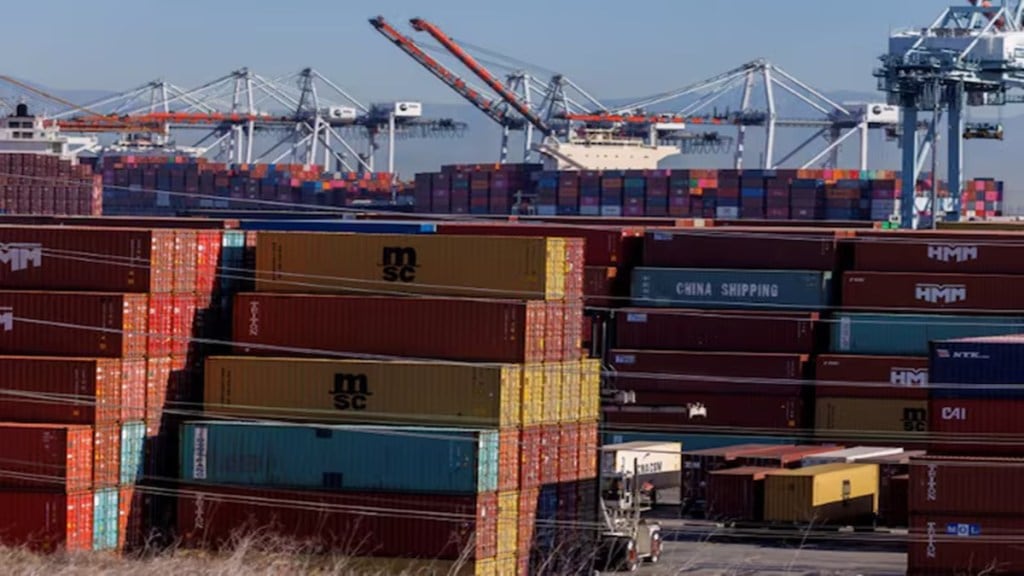The 90-day reprieve on reciprocal tariffs gives a crucial window for India to conclude significant parts of the Bilateral Trade Agreement (BTA) with the US so that trade can flow smoothly between the two countries. Official sources feel that the window will put pressure on negotiators on both sides to speed up the talks
“India should restrict the scope of FTA to tariff reductions only and avoid a comprehensive FTA with the US as it would force India to make damaging concessions in areas like, patent regime, agriculture and digital trade, founder of Global Trade Research Initiative Ajay Srivastava said.
“As we have already started the negotiations we will be best placed to conclude BTA in 90 days. None of the countries have had any rounds of trade discussions while India and the US have had a couple of rounds. That advantage is with us,” director general of Federation of Indian Export Organisations (FIEO) Ajay Sahai said.
After meetings of the top leadership in February and March, the officials have taken their meetings online before that meet in a physical format in May. India and the US are working with the autumn deadline for finalising the first tranche of the agreement.
The first tranche is expected to deal with lowering tariffs and other barriers in goods trade. Later it might expand to include the broader areas of the economy.
Like the European Union, India should propose a limited zero-to-zero tariff deal with the US on 90% of industrial goods and stop offering unilateral concessions, he added.
In a rapidly changing global trade landscape, India would be wise to avoid long-term commitments that may not stand the test of time, Srivastava said.


